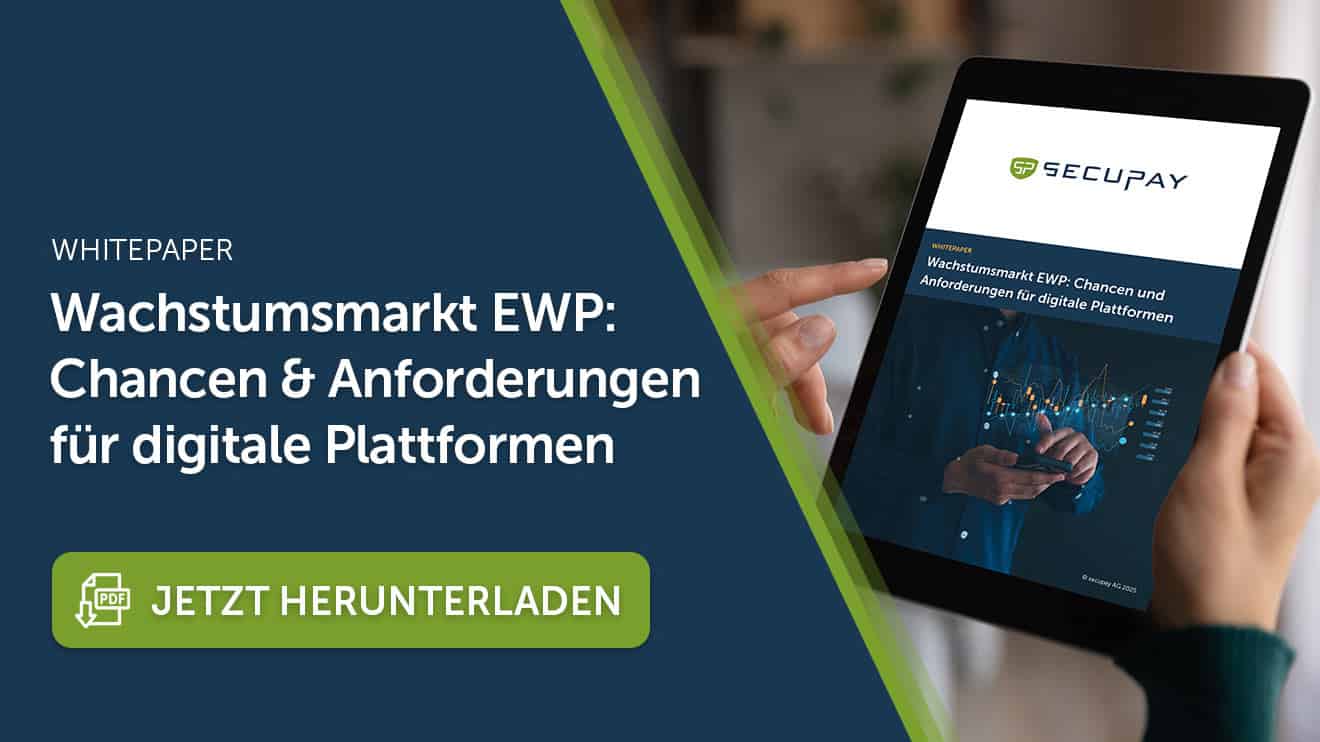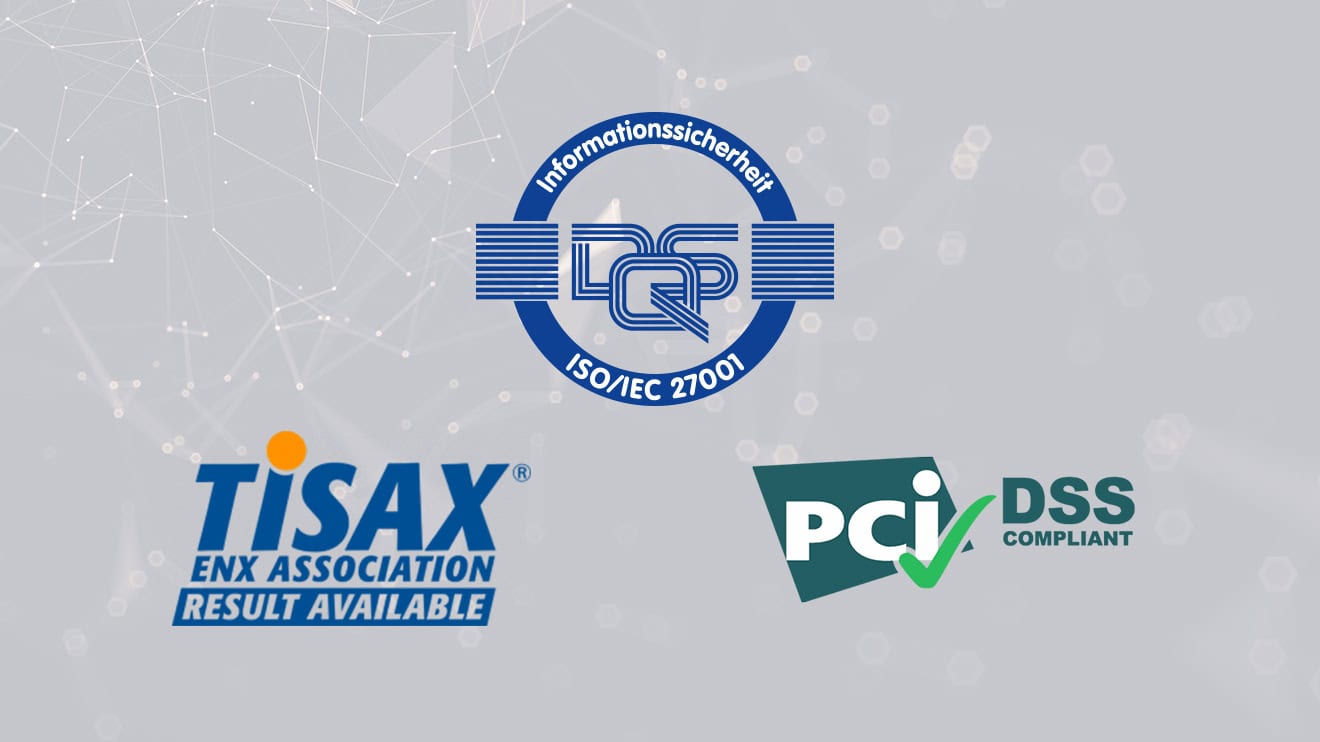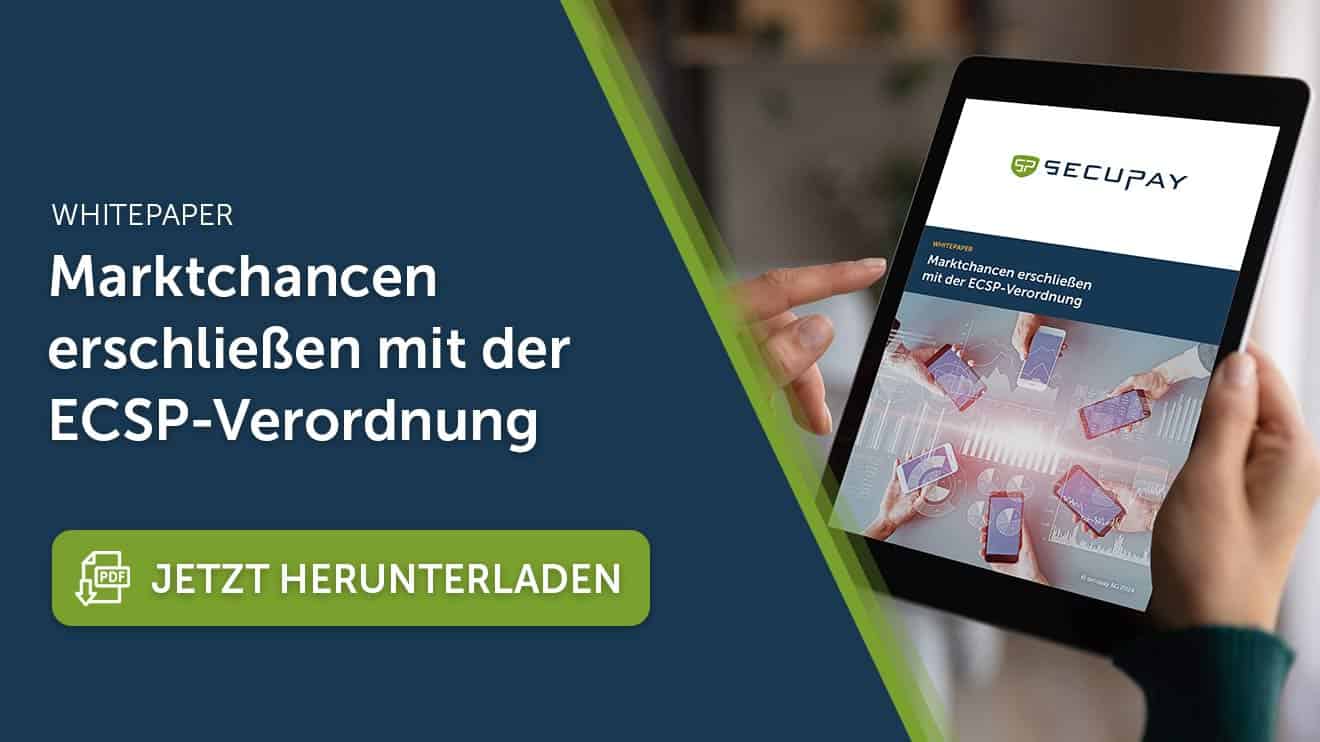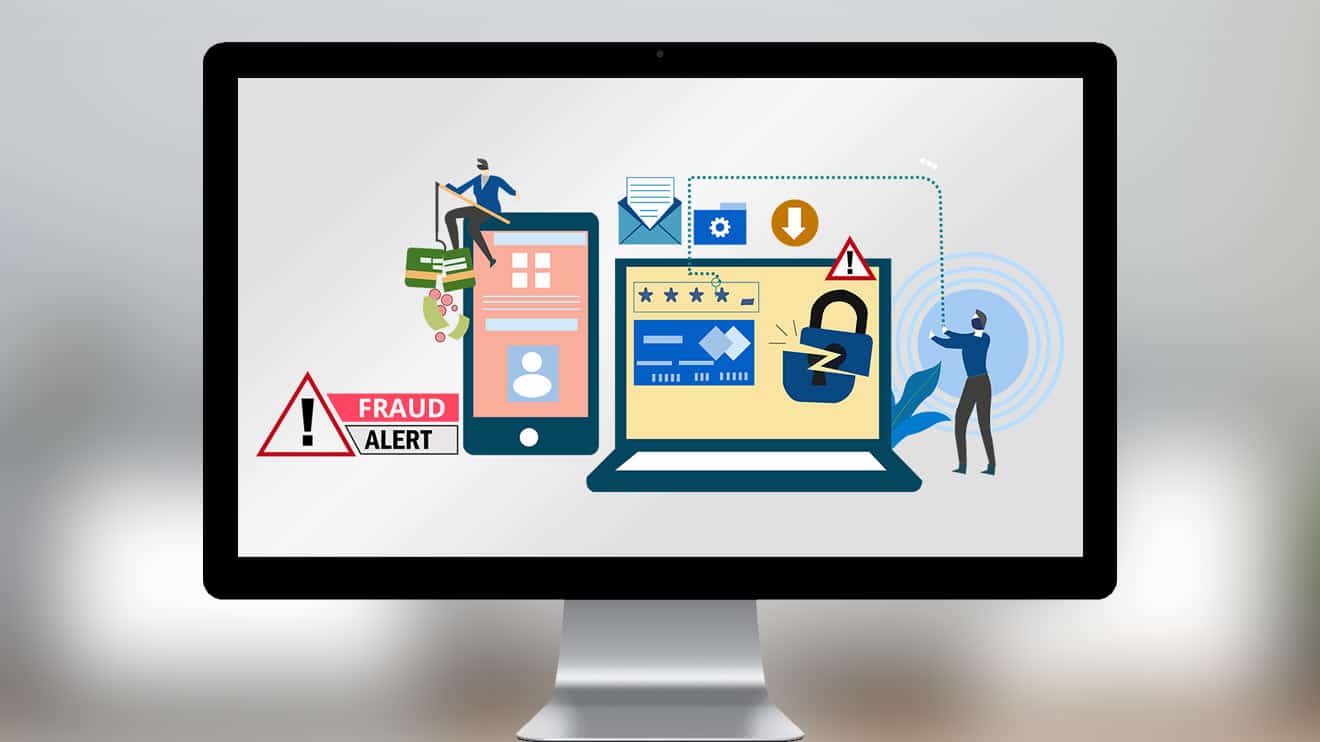Since 13 April, the Alternative Fuels Infrastructure Regulation (AFIR) has brought about new regulations for ad-hoc loading.
Operators of charging stations must offer cashless payment options by credit, debit or giro card at their charging stations with immediate effect. We explain which charging stations are affected and how secupay can support you with legally compliant implementation.
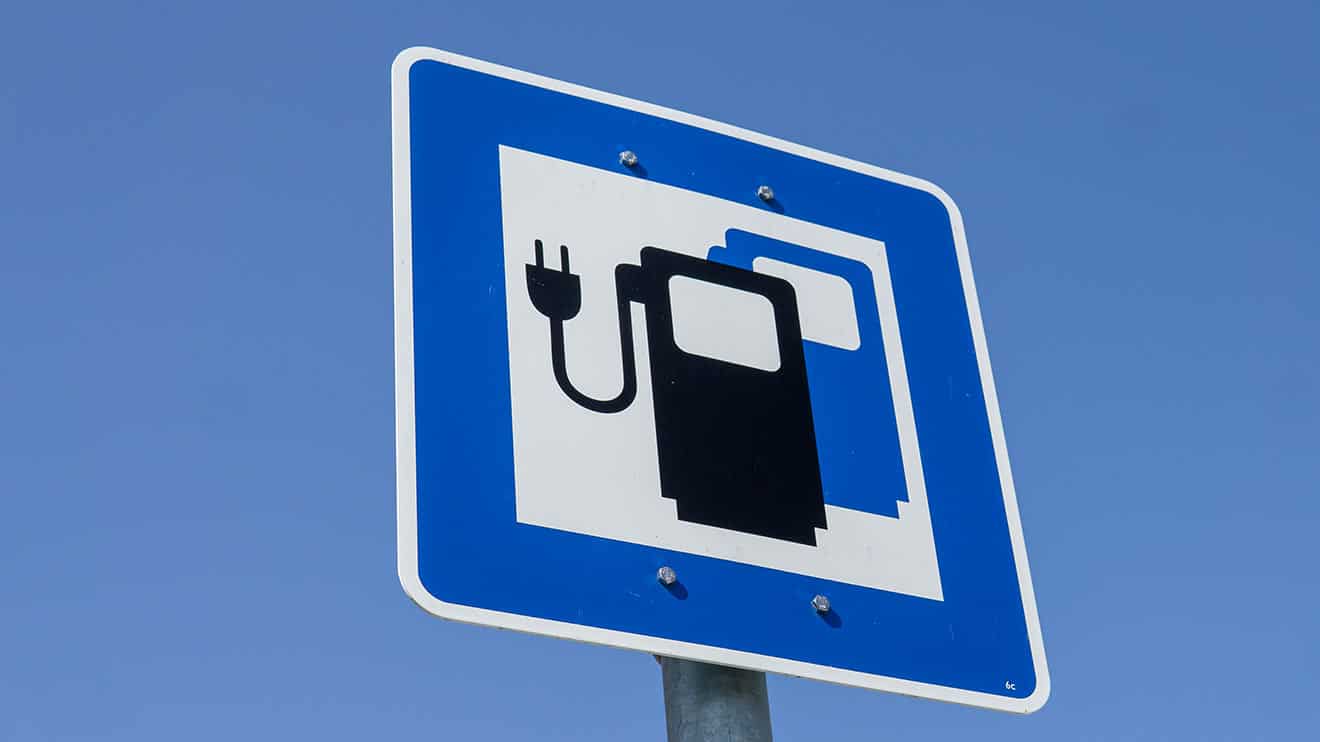
- Deadline 13 April 2024: EU reorganises payment for refuelling with electricity
- Compulsory or optional: retrofitting is worthwhile in any case
- Credit card, debit card, QR code: The new payment options at a glance
- The focus is on the customer: This is how you enable customer-friendly card payments when loading
Deadline 13 April 2024: EU reorganises payment for refuelling with electricity
Spontaneously filling up with electricity at a fast-charging station on the go - until now, e-car drivers had to download the electricity provider's apps onto their smartphone or use a charging card. The EU Commission thinks this is too cumbersome: in order to further promote e-mobility across Europe, payment at public e-charging stations is to become simpler and more customer-friendly. The new EU regulation AFIR (Alternative Fuel Infrastructure Regulation) stipulates that fast-charging stations with an output of 50 kw or more must be equipped or retrofitted with the option of card payment with immediate effect.
The AFIR came into force on 13 April 2024 and takes precedence over national laws. The German Charging Station Ordinance (LSV) originally planned for mid-2024 will therefore become obsolete. For operators of fast-charging stations, this means that:
- New fast-charging stations,that are built or go into operation after 13 April 2024 must offer a card payment option.
- Existing fast-charging stations must be retrofitted with a card reader if they are located along the trans-European transport networks (TEN-T). The EU is giving all operators until 1 January 2027 to do so.
Compulsory or optional: retrofitting is worthwhile in any case
Existing fast-charging stations away from the main European traffic routes, as well as existing charging stations with an output of less than 50 kw, are protected by law and do not have to be retrofitted with a card terminal. New charging stations, on the other hand, must always offer at least one cashless payment option for spontaneous charging without an app - even if the charging capacity is less than 50 kw. It can therefore be assumed that more and more customers will soon expect uncomplicated ad-hoc payment options when filling up with electricity and prefer charging stations with customer-friendly card payment. Retrofitting their own charging network is therefore worthwhile for operators, regardless of the legal obligation.
Credit card, debit card, QR code: The new payment options at a glance
Important to know: According to the AFIR, no payment method is prohibited. However, ad-hoc payment options must be offered at new charging stations in any case,
- at fast-charging stations from 50 kw: card payments with at least one common and widely used card system such as Mastercard, Visa or Girocard.
- at charging stations under 50 kw: card payments with at least one common and widely used card system such as Mastercard, Visa or Girocard OR alternatively payment with a dynamic QR code. A static QR code, for example as a sticker on the charging station, does not fulfil the EU regulation.
In technical terms, this means that, depending on the type, charging stations must either be equipped with a card terminal or at least have a display that dynamically generates a new one-time code for each transaction. In addition to the contactless function, card terminals should also have a chip card reader and a PIN pad to enable physical as well as mobile and contactless card payments. According to AFIR, it is permissible for several charging points to use a shared terminal in close proximity - similar to many petrol stations, where the respective petrol pump can be selected.
The focus is on the customer: This is how you enable customer-friendly card payments when loading
Good customer service does not end with the charging process, but also includes uncomplicated, secure payment options. The ability to spontaneously charge the electric vehicle without an app or contract and pay with the preferred card, just like when shopping, is a big plus from the customer's point of view. With a payment service provider such as secupay, charging station operators can set up cashless payment options easily, quickly and cost-effectively.
The secupay payment solutions for e-charging stations offer you:
- customer-friendly, easy-to-operate vending machine terminal
- Technically compatible with all common charging stations
- modular design and easy installation
- acceptance of all common payment methods: Girocard, debit and credit cards
- physical card payments via chip or contactless via NFC
- mobile wallets such as Apple Pay and Google Pay
- overview of all transactions and digital receipt management in the web portal
- on request: automated payment splitting, i.e. the distribution of payment amounts to different stakeholders
